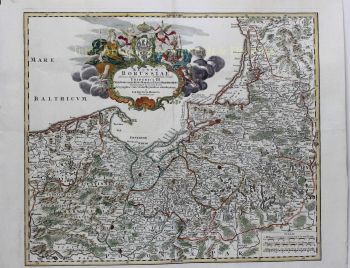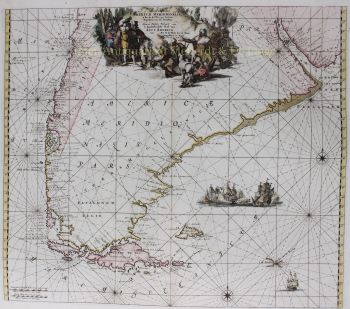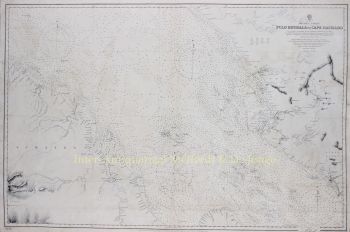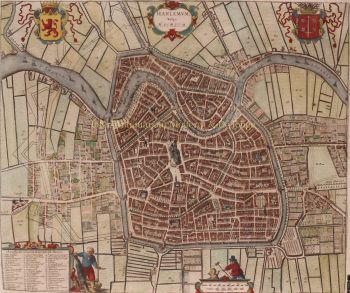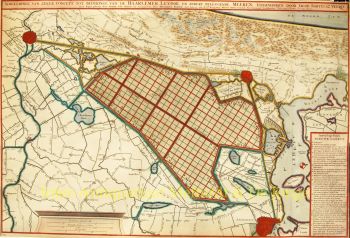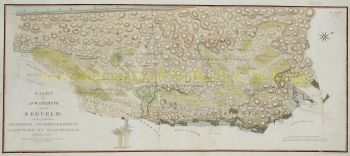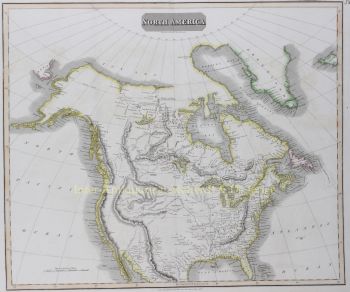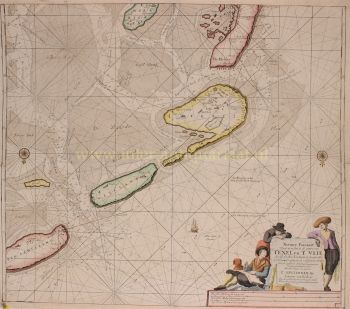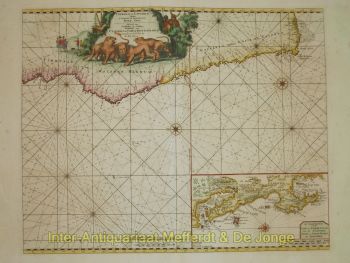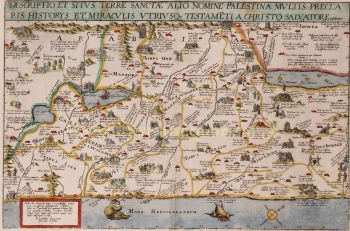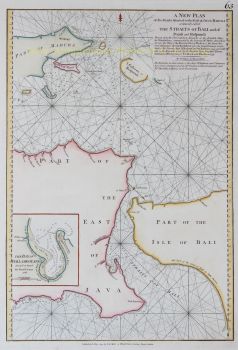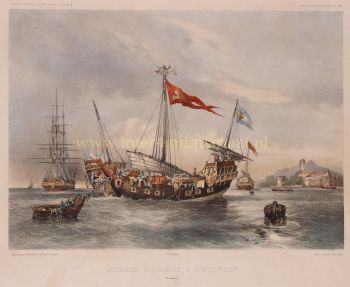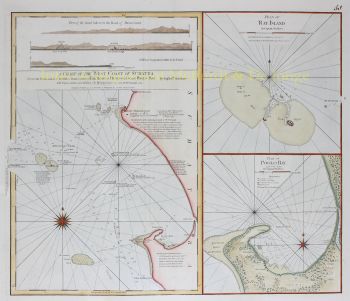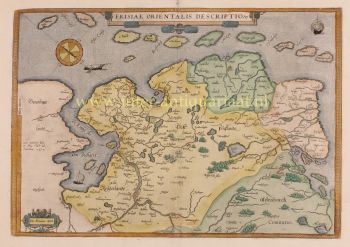About the artist
Jacques Callot was a baroque printmaker and draftsman from the Duchy of Lorraine (an independent state on the north-eastern border of France, southwestern border of Germany and overlapping the southern Netherlands). He is an important person in the development of the old master print. He made more than 1,400 etchings that chronicled the life of his period, featuring soldiers, clowns, drunkards, Gypsies, beggars, as well as court life. He also etched many religious and military images, and many prints featured extensive landscapes in their background.
His most famous prints are his two series of prints each on "the Miseries and Misfortunes of War". These are known as Les Grandes Misères de la guerre, consisting of 18 prints published during 1633, and the earlier and incomplete Les Petites Misères — referring to their sizes, large and small (though even the large set are only about 8 x 13 cm). These images show soldiers pillaging and burning their way through towns, country and convents, before being variously arrested and executed by their superiors, lynched by peasants, or surviving to live as crippled beggars.
At the end the generals are rewarded by their monarch. During 1633, the year the larger set was published, Lorraine had been invaded by the French during the Thirty Years' War and Callot's artwork is still noted with Francisco Goya's Los Desastres de la Guerra (The Disasters of War), which was influenced by Callot, as among the most powerful artistic statements of the inhumanity of war.





